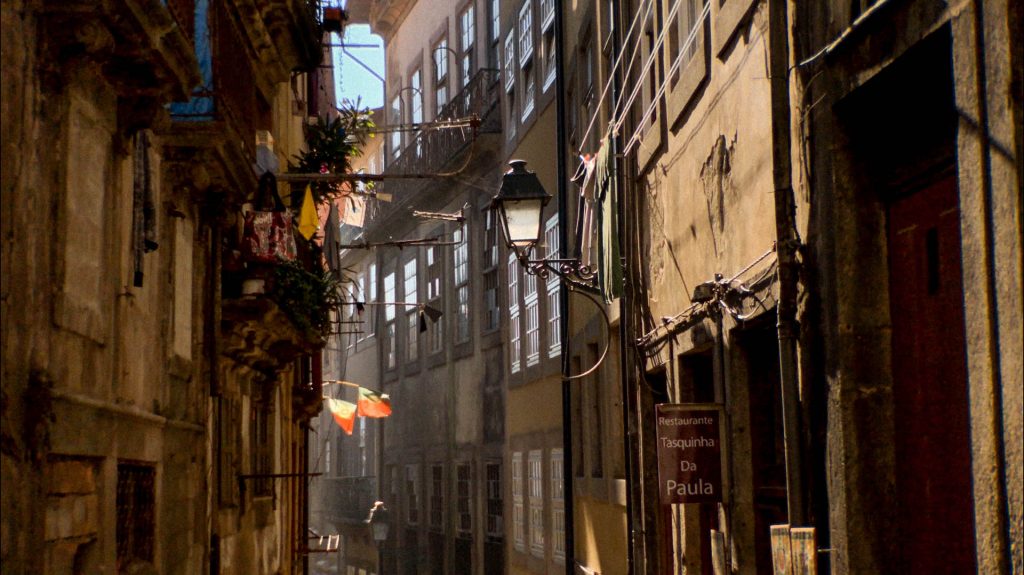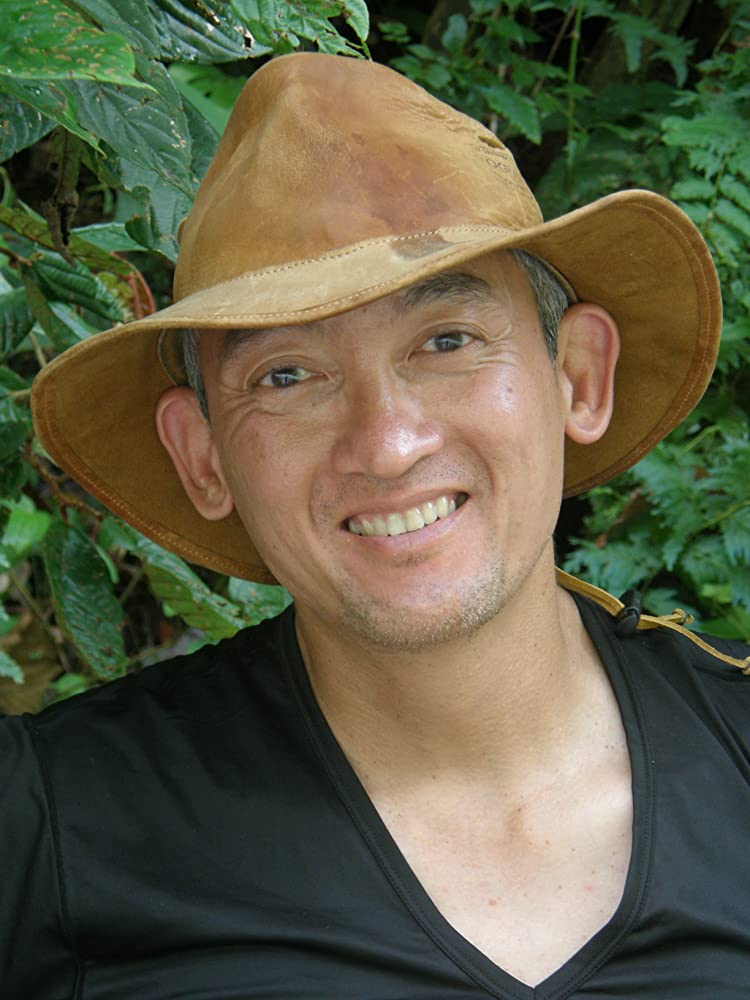My wife Heleen and I spent a month in Porto at the end of 2017. This is the city where I made my very first poem video. The idea for this project stemmed from my desire to keep up my skills as a cinematographer while we travel around as nomads. When we plan to be in a city or a region for longer than three weeks, I will try to seek out a poem by a local writer and use that as the basis of a visual ode to that city or region.
As nomads who prefer to travel with just our carry-on baggage. In order to cut bulk and weight, I decided to leave my DSLR camera at home and opted for my iPhone 7Plus instead, outfitted with attachable lenses from a company called Moment, and an Osmo Mobile gimbal from DJI. I felt that the quality of the 4K video from my iPhone was more than sufficient for my no-budget exercises, and given that every tourist shoots video on a selfie stick, I managed to avoid attention quite well with this low-key gear.
On the internet, I tried to find work by Portuguese poets that would be suitable to use with my images, but this was more difficult than I thought. I don’t speak Portuguese, so many poems that could have worked just didn’t come to my attention, and most poems of which there was an English translation were just not working for me. I also realized that many famous poems are not easily accessible as they are copyrighted.

During one of my strolls through the beautiful streets of Porto, I happened to come across a little poetry bookshop named Livraria Poetria. Francisco Reiss, the brand new owner, was sorting out the inventory with the former owner. When I explained to him the purpose of my visit, he pointed me to a small book titled A Little Anthology of Portuguese Poems, which was published by the bookstore and which I was welcome to use. This was a relief as I wouldn’t have to deal with getting permission.
Browsing through the book, I came upon Canção De Uma Sombra (Song Of A Shadow) by the famous poet Teixeira de Pascoaes. It was surprisingly well-suited to my style of shooting cityscapes and physical aspects of the city, rather than more internalized or abstract scenarios, and it also had an English translation to boot!
As I spoke with Francisco, who speaks perfect English, I noticed the earthy and sensual quality of his voice. I told him that it would fit my video poem beautifully and he agreed to let me record his voice.
Teixeira de Pascoaes’ poem is filled with descriptive words and evocative phrases, such as ‘morning mist’, ’ancient window’, ‘fountains that wept’, and ‘moonlight that calls ghosts to life’. Porto seemed a perfect backdrop for that poem as it is just saturated with scenes and textures that matched so well with the words that Francisco recited so sensitively.
Around almost every corner I would find a phenomenal moment that was gone in a split second if I didn’t act fast enough to catch it. Some shots were obviously easier to capture, especially those of buildings, statues, or other static objects. But as easy as it was to shoot a literal representation of the images the poem evoked, I enjoyed it much more to try and harmonize the emotional tone of each line with the intangible qualities in an image that suggested a fitting mood. This approach required that I should trust my gut as much as my mind. It also depended on lots of luck.
I believe in the serendipity that occurs when one goes out without expectations, being receptive to the gifts of daily life, and just trusting that the poem will show up in one way or the other. Whether it is as the morning mist that shrouded Porto for half a day; or as pigeons bathing under a small fountainhead; or as tourists descending steep stairs under the harsh light of noon, appearing like ghosts in moonlight. I got lucky so often!
Roaming the streets like a hunter, constantly observing the clues of my imaginary escape room, was exhausting, but also tremendously rewarding.

Milton Kam’s work as a cinematographer includes over 20 feature films.
His television credits include assignments such as Amazon Prime’s American Playboy: The Hugh Hefner Story, Netflix’s Roman Empire – Reign Of Blood, NatGeo’s American Genius, The History Channel’s Kingpin, and Sundance TV’s Jonestown: Terror In The Jungle.
One of Milton’s most prolific collaborations is with British director Simon Rumley, with whom he made Red White & Blue, Johnny Frank Garrett’s Last Word, and Fashionista, among others.
Besides various independent films in the US Milton has also regularly shot features in the U.K. One of his favorite shooting experiences is Vanaja, a drama shot in India that won the Silver Bear at the 2007 Berlin Film Festival for director Rajnesh Domalpalli, followed by two nominations for the 2008 Independent Spirit Awards, including one for Best Cinematography and Best Cinematography Award at the Rhode Island International Film Festival.
Milton has also worked extensively in documentaries. Milton’s latest project is the film Before El Finâ, writer/director Nathan Buck’s feature debut shot in Andalusia, Spain.
Feel free to link to Milton’s professional website: www.miltonkam.com
And check out his photobook “Points of Recognition”, about Suriname’s Indigenous Peoples, which he published last year: www.pointsofrecognition.com